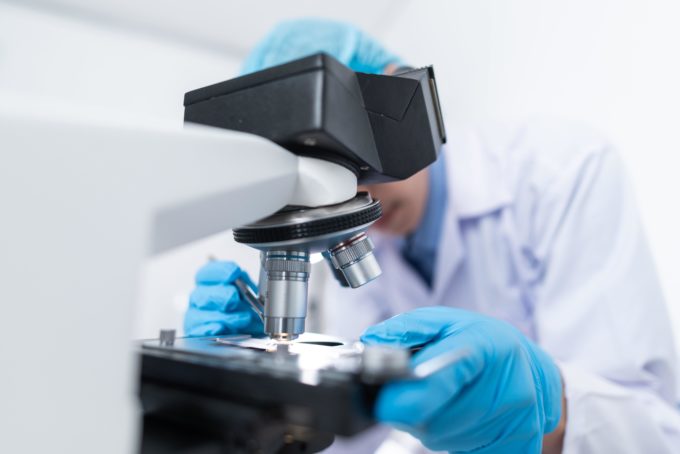On August 5, 2022, China’s Supreme People’s Court issued the landmark decision of Chugai Pharmaceutical Co., Ltd. v. Wenzhou Haihe Pharmaceutical Co., Ltd. This is the first Patent Linkage case in China since its establishment of the Patent Linkage system in 2020. The Court upheld the decision of the Beijing Intellectual Property Court and dismissed the infringement claim made by Chugai Pharmaceutical Co., Ltd. (“Chugai”), a Japanese subsidiary of Roche Group, against a generic drug company, Wenzhou Haihe Pharmaceutical Co., Ltd. (“Haihe”).
China introduced its Patent Linkage system, an early resolution framework for drug patent disputes comparable to the U.S. Hatch-Waxman Act, through the fourth amendment of the Patent Law in 2020. Specifically, article 76 of the amended Patent Law provided a pathway for innovative pharmaceutical companies to bring an infringement lawsuit against a generic drug company before the generic version of the drug enters the market. Through a series of implementation rules, such as the Implementation Measures for the Early Resolution Mechanism for Drug Patent Disputes (“Measures”), China established an initial Patent Linkage framework.
The current framework bears some similarity to the U.S. Hatch-Waxman Act. For example, it introduced the Patent Information Registration Platform for Listed Drugs, which, similar to the Orange Book, requires innovator manufacturers to publicly list information on patents that apply to a particular innovator drug. It implements a nine-month stay of the follow-on drug’s marketing approval compared to a 30-month stay in the United States. This difference means the follow-on drug could be approved for marketing if the lawsuit is unresolved after the nine-month stay. It sets a 12-month marketing exclusivity period for generic drug applications, in contrast to 180 days in the United States. Furthermore, like the Hatch-Waxman Act, which requires each Abbreviated New Drug Application (ANDA) to submit a certification or statement for each patent listed in the Orange Book, article 6 of the Measures requires a generic drug applicant to submit one of four categories of certification regarding the patent of the drug.
In the instant case, the brand-name drug, Eldecalcitol Soft Capsule, is used to treat osteoporosis. The drug was first launched in Japan in 2011 and later approved by China’s National Medical Products Administration (“NMPA”) in 2020. The plaintiff is the patentee of the drug patent, “ED-71 Preparation” (Patent No. ZL200580009877.6), which was registered on the Patent Information Registration Platform for Listed Drugs on July 13, 2021. The defendant submitted the marketing approval application of the generic version of Eldecalcitol Soft Capsules and a Category 4.2 Certification, claiming that the generic drug does not fall within the protection scope of the petitioner’s valid patent. Beijing Intellectual Property Court ruled in favor of the defendant, reasoning that the technical solutions adopted by the generic drug are neither the same nor equivalent to the technical solution of the plaintiff’s patent, thus falling outside of its protection scope. Chugai appealed the decision to China’s Supreme People’s Court.
On appeal, the Supreme People’s Court considered the critical issue of whether the technical solutions of the antioxidant used by the defendant were equivalent to the technical solutions of the plaintiff’s drug patent. Based on the doctrine of estoppel provided in Article 6 of the Supreme People’s Court Patent Infringement Case Judicial Interpretation, courts will not support patent infringement claims made on technical solutions that have been waived by the patentee during patent authorization and invalidation procedures. The court considered that, by amending its patent claims, the plaintiff limited the protection scope of its patent to dl-α-tocopherol only. Consequently, the court decided that the plaintiff had abandoned the antioxidant used by the generic; thus, the generic drug does not fall within the plaintiff’s patent protection scope, and the appeal was dismissed.
The establishment of the Patent Linkage system was previously considered as an approach to provide more incentives for brand-name drug companies to enter the Chinese market by boosting procedural protections. However, analysts have begun expressing concerns with this framework following these two decisions. In the instant case, the presiding judge of the Beijing Intellectual Property Court stated that the Patent Linkage system is intended to balance the interests between innovators and generics to improve drug accessibility and affordability. Some analysts interpreted this opinion as somewhat discouraging for innovative drug companies. Critics have expressed concerns that the mechanisms under the Patent Linkage are “defective” and are worried that the current declaration and notification requirements favor generic drug manufacturers. Nevertheless, others seem to believe that this case set a good starting point for China’s Patent Linkage system, as it addressed prior concerns regarding the practicability of the proposed time frame. They pointed out that courts in both instances adjudicated the case within the nine-month stay period of the generic chemical drug’s regulatory approval, which was considered very difficult for patent infringement disputes.
The Patent Linkage system in China is still in its early stages of development. With more implementation rules and decisions, it stands to be seen how this system will land for both innovators and generics.
